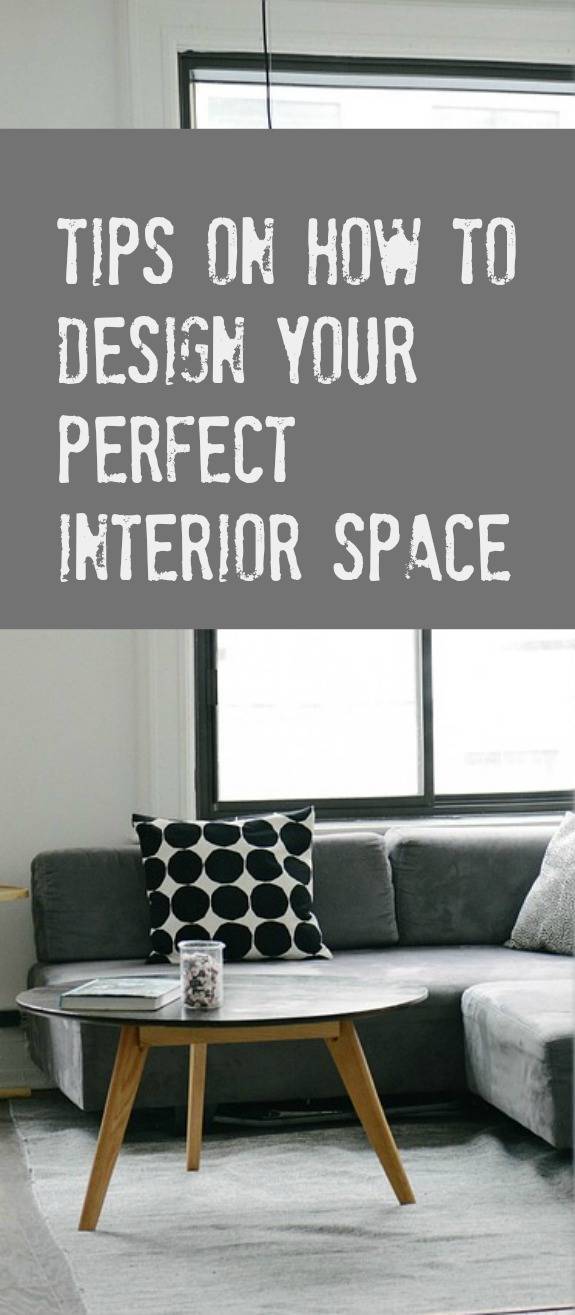Redesigning you’re the inside of your home, even without undertaking a major building project, can appear a hugely daunting task. There are numerous aspects to consider, from functionality and the way people walk through a particular room to comfort, layout and ensuring you retain the space you and your family need to live your daily lives.

The key is to bring each room together with a cohesive, well-considered design that showcases each room while retaining the ability to fulfil the purpose you have assigned to it. What follows is a look at some simple steps that should be remembered, discussed and followed when designing and decorating the interior living space of your home.
Determine what each room will be used for
This sounds simple enough, and for bedrooms and kitchens, it usually is. However, dining rooms and living rooms can be utilised in a variety of ways, from entertaining guests to simply watching television or playing games.
If you regularly invite people over, think about how many visitors you will have and ensure you have enough space and seats for that. Otherwise, you may opt for a more cosy and family-orientated room, and again you must consider how many people to create a comfortable atmosphere for.
Choose a theme or style
Often, choosing a theme – with examples ranging from modern to rustic, or even opting to recreate a room from a specific time period – will determine your choice of colours, furniture and even what pictures you have on show. Deciding on this early in the process will save you valuable time later on.
Find the room’s focal point
In some rooms, this is an architectural feature like a window, a fireplace, or even a uniquely designed staircase. In rooms without such an obvious built-in feature, the focal point might be a large eye-catching piece of furniture, a wall hanging or perhaps even the television. If you do opt for the latter, thinking about a mirror or an on-screen image for when it’s switched off will prevent the room from looking cold, and the layout should be designed to allow the focal point to stand out rather than having other items competing for attention.
Design for the space
If the room is an unusual shape – even just smaller or overly sized than normal – traditional design and decorating ideas might not work, and furniture may need to be placed in an odd manner to achieve the ultimate aim. Obviously in a big room, large items will work better, while slightly modified pieces may be needed if space is at a premium. Whatever size room you are working with, plan on positioning these pieces so that the room remains uncluttered and easy to navigate.
Create space to talk
Group sofas and chairs together in order to make face-to-face conversations easy to have, and arrange the room so people walk around, rather than through, these areas.
Achieve symmetry
Wherever possible, use furniture and decorations in pairs for a cohesive, symmetric look. This includes chairs, lamps and the art you hang on the walls.

Featured Post
You may also enjoy:
Original article and pictures take family-budgeting.co.uk site
Комментариев нет:
Отправить комментарий